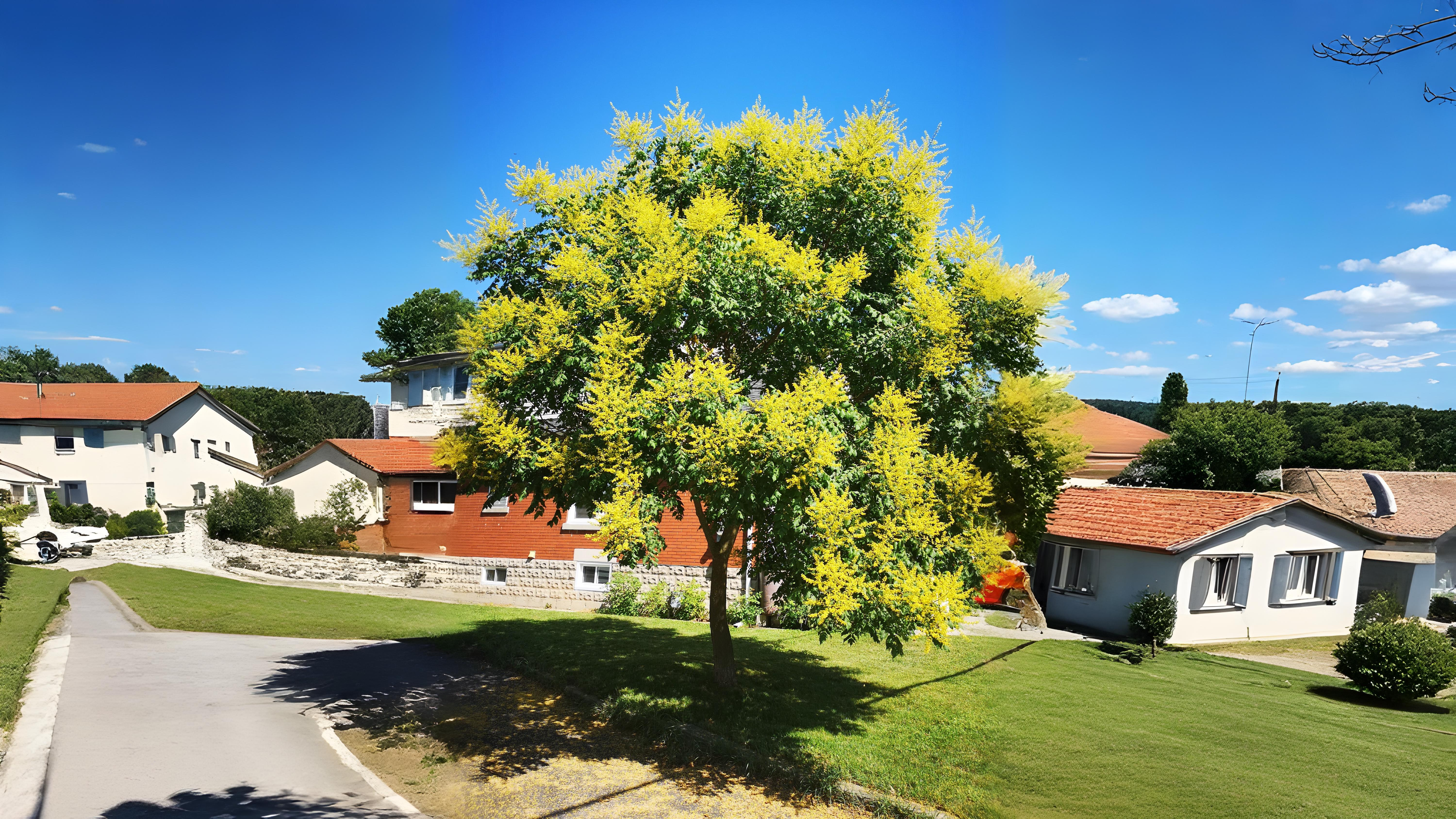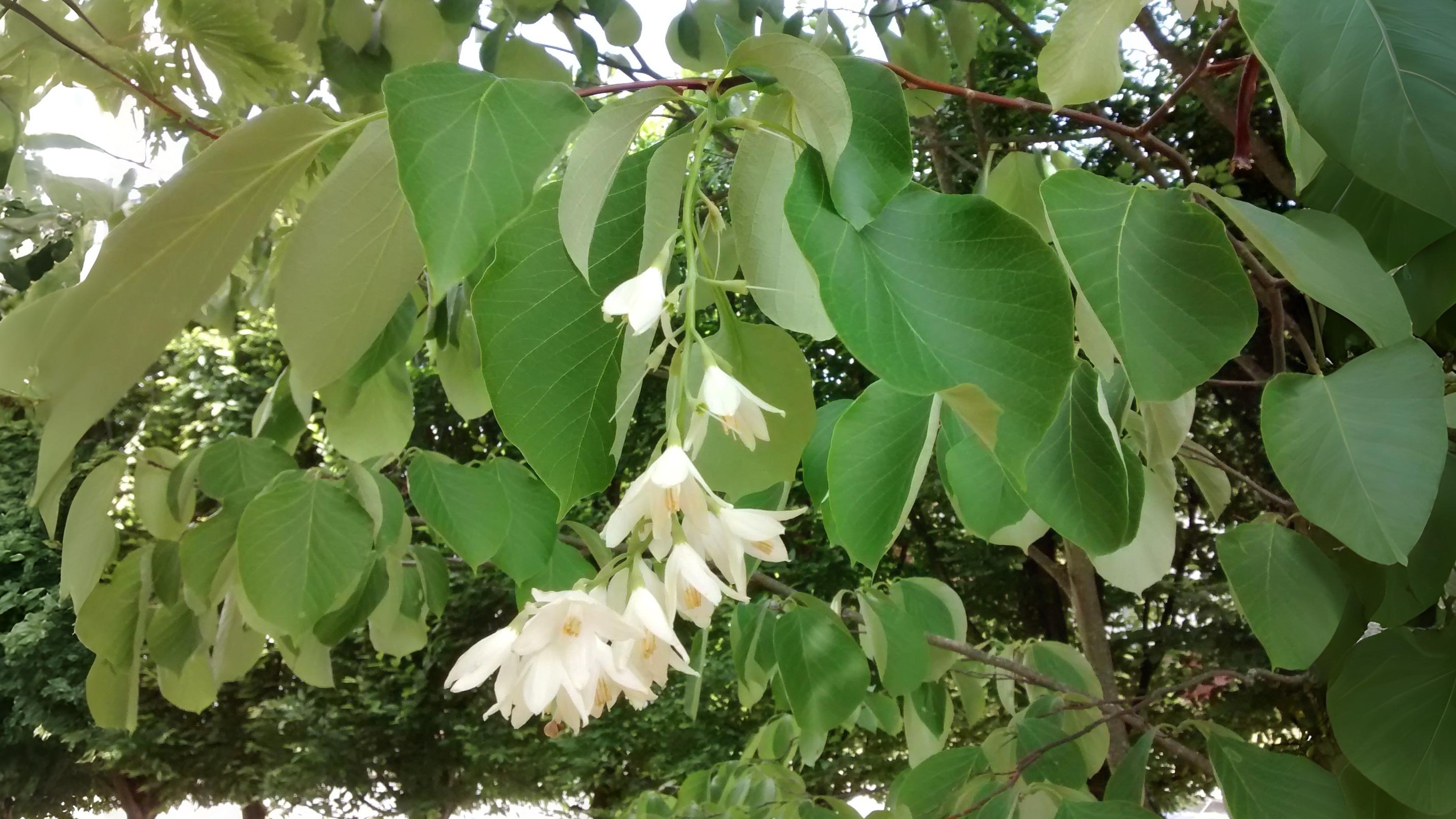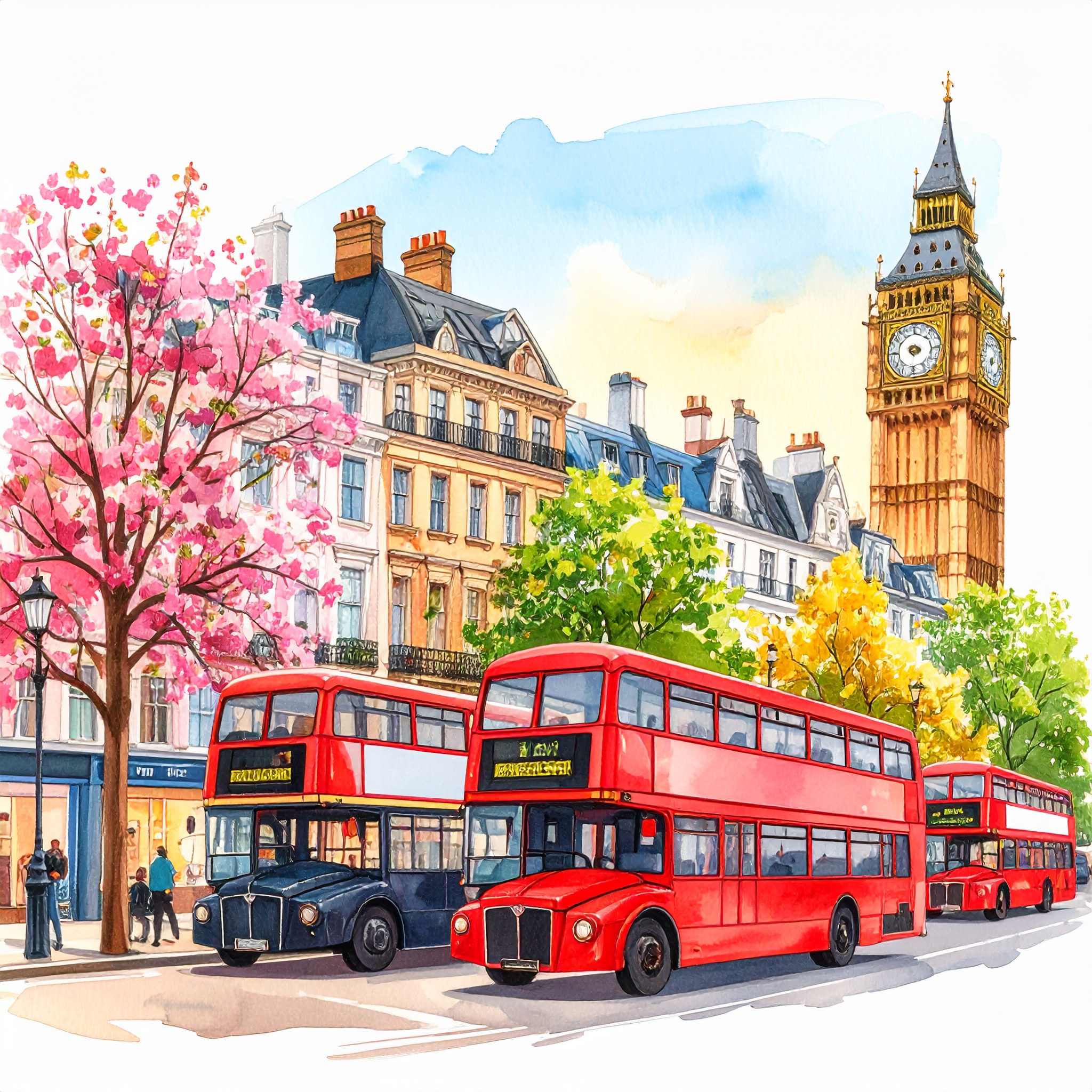
🌳 Return on 16 July for a full exploration of London’s summer trees — a celebration of the city’s leafy life in full bloom.
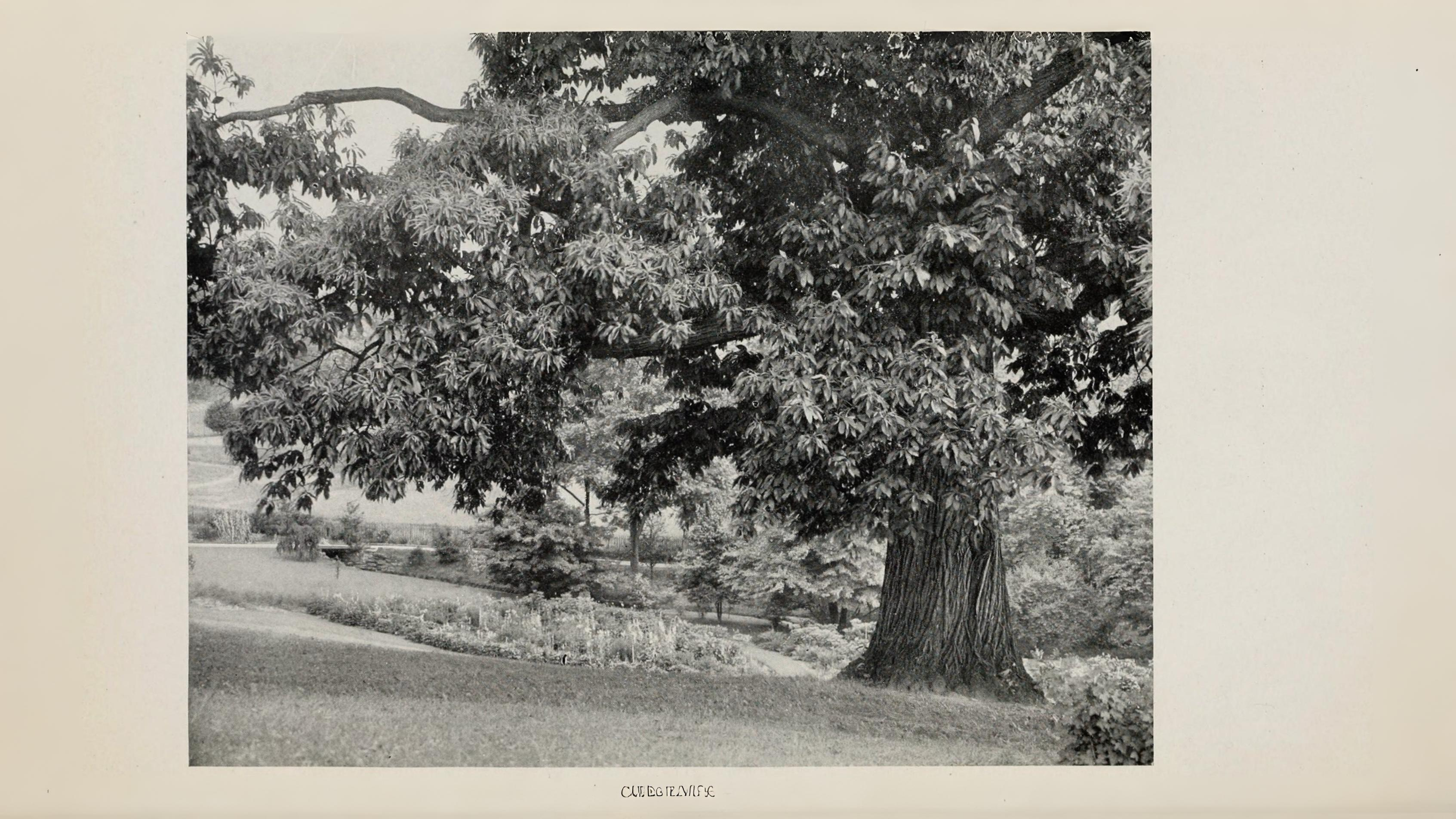

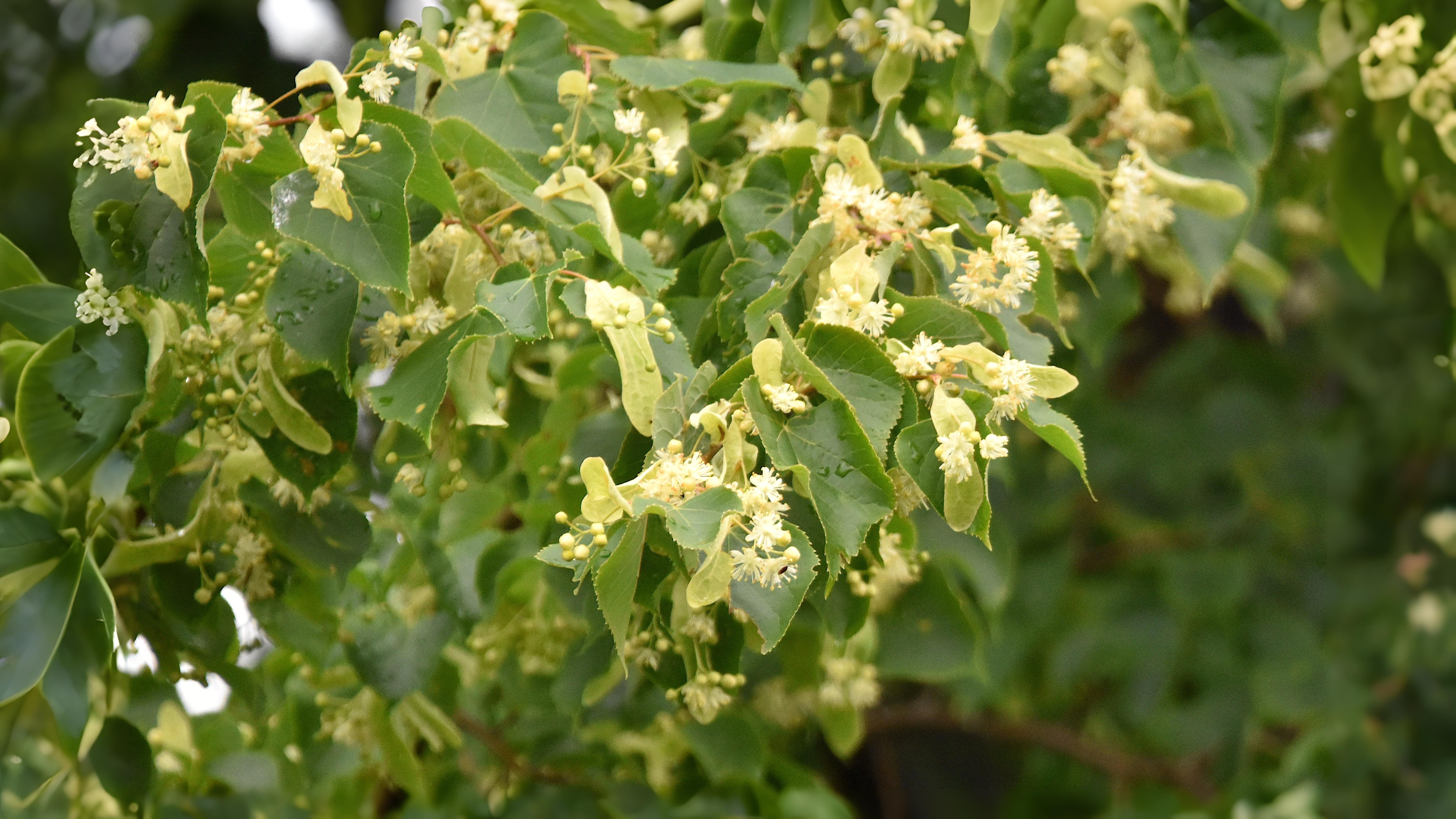

There are a number of other less common limes also worth looking out for this month. Arguably the most beautiful are the silver lime T. tormentosa and silver pendant lime T. ‘Petiolaris’. The latter occasionally has bees rolling around beneath it having become intoxicated on the tree’s fermented nectar. Then there are the rather tortured-looking cultivars ‘tortuosa’ and ‘laciniata’ as well as fastigate or upright forms.
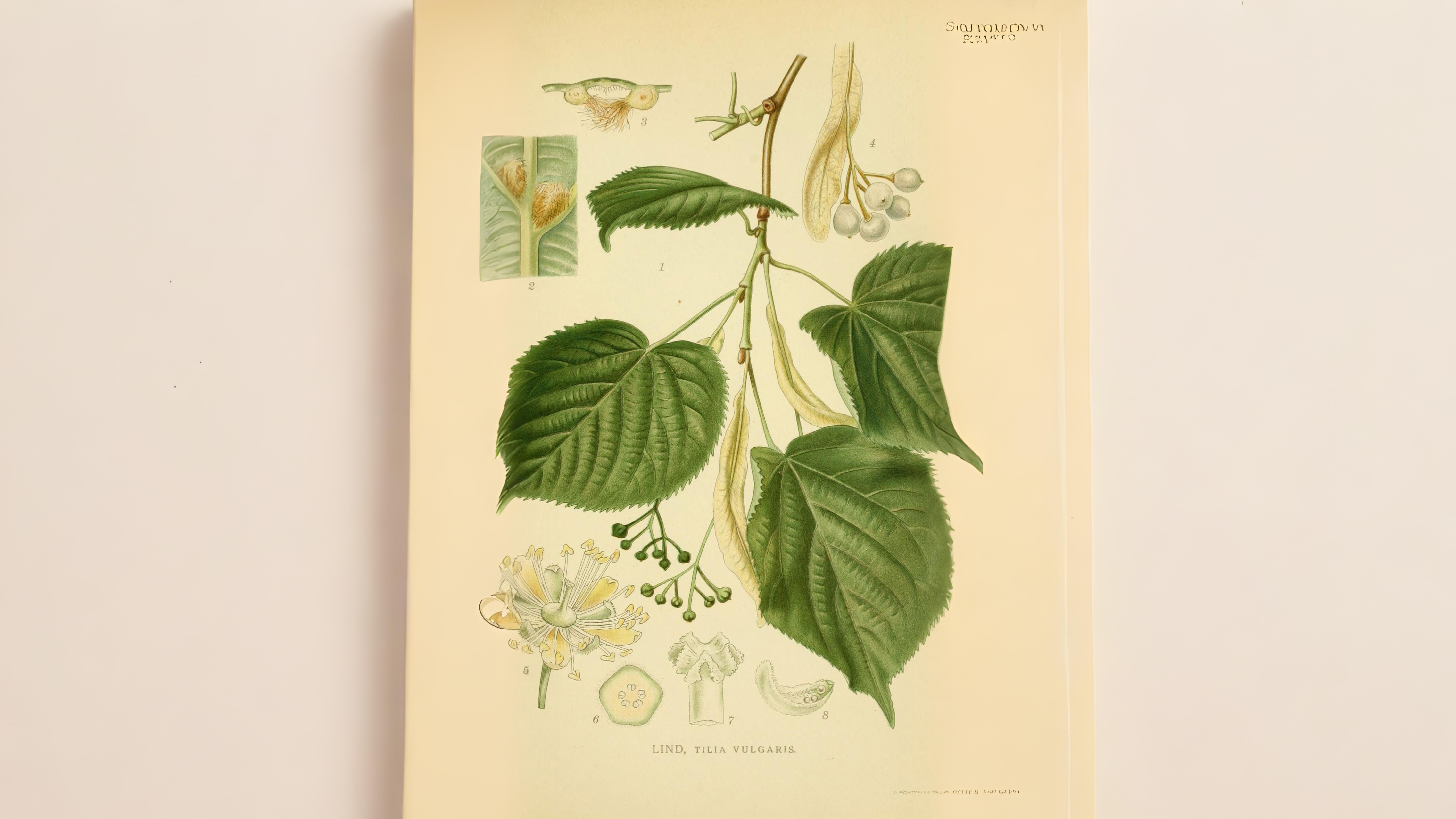

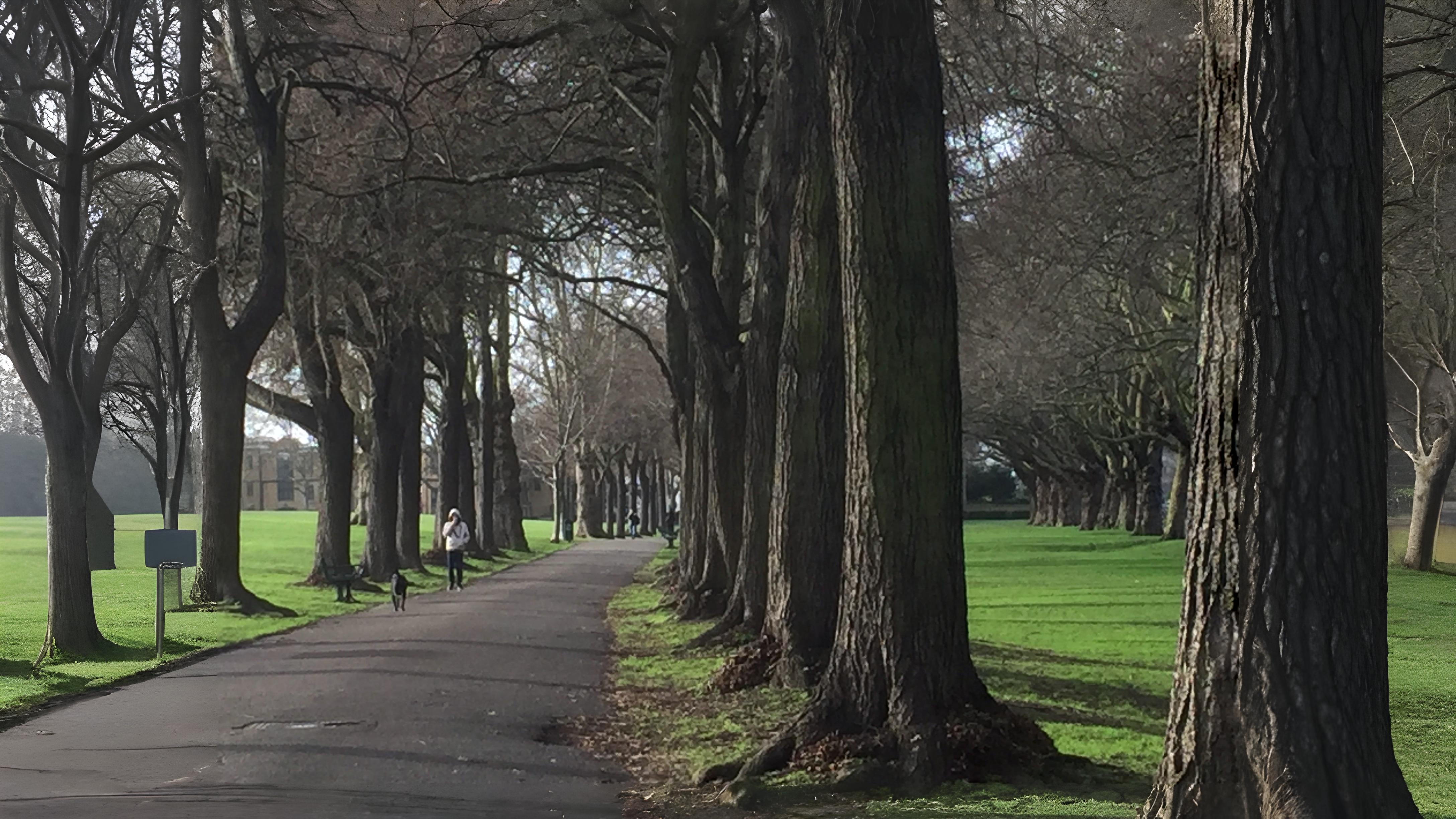

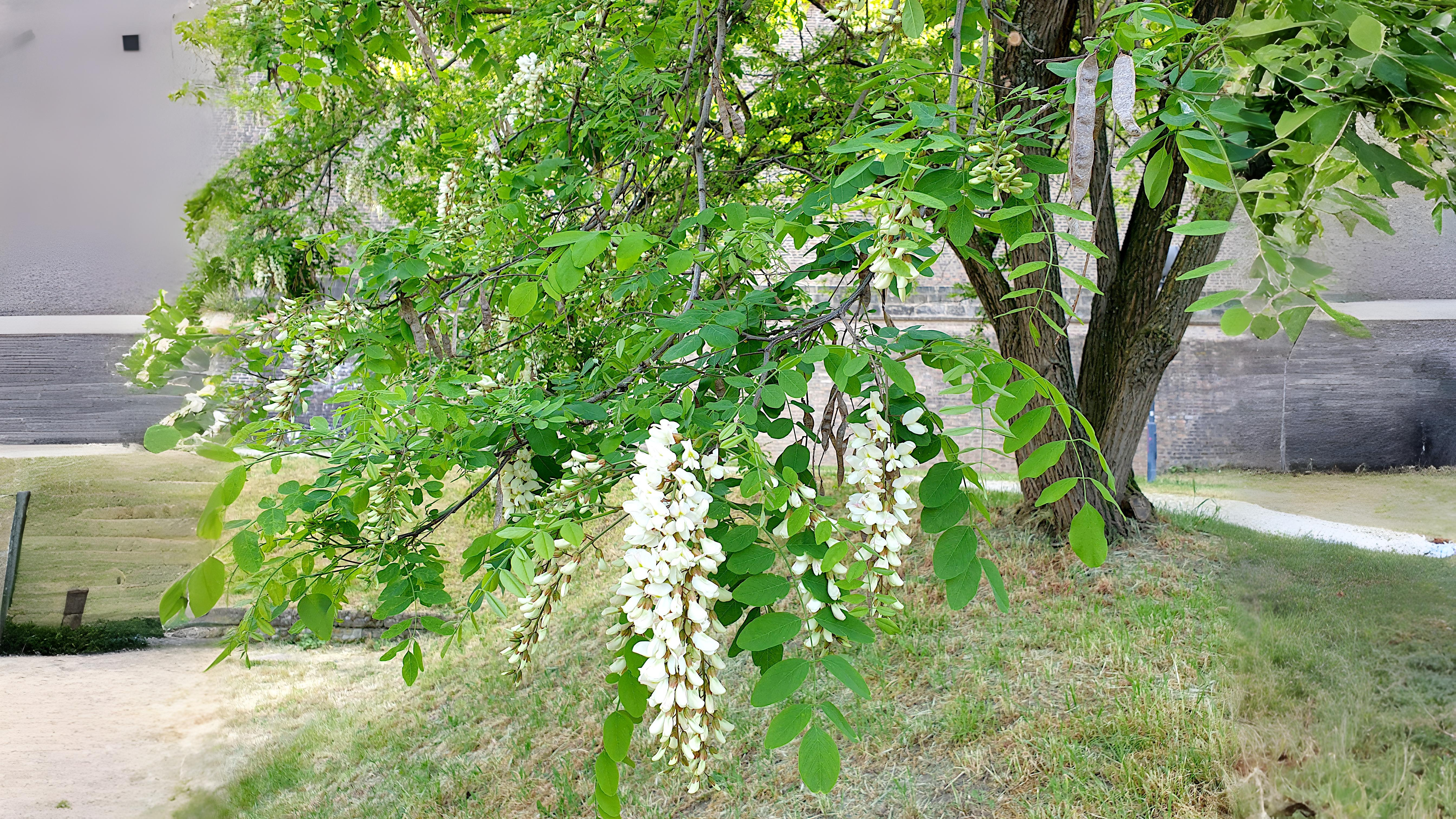

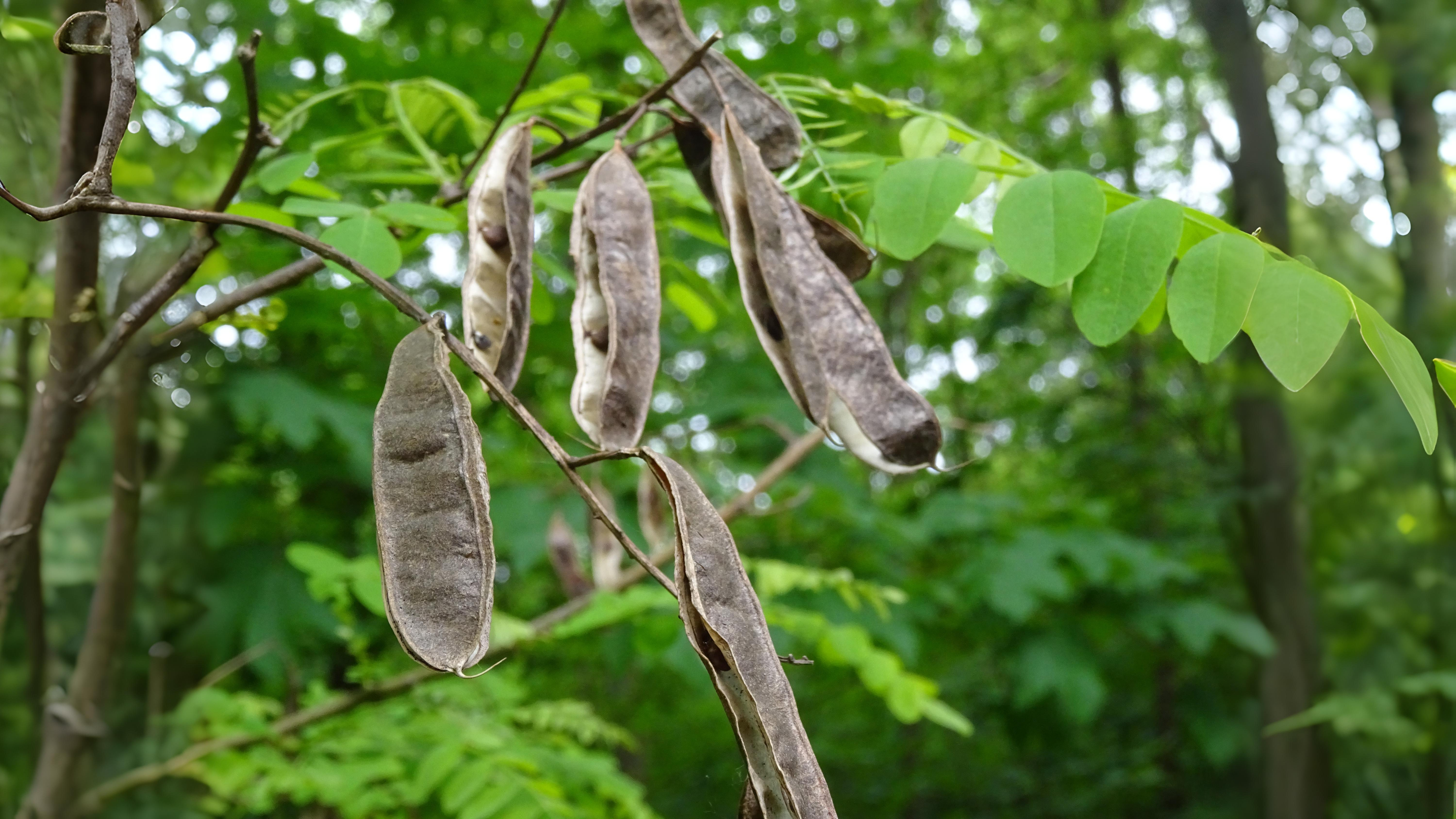

The sweet chestnut Castanea sativa needs little introduction. It was first brought here by the Romans, who already had four or five eating varieties. It has been popular ever since and neglected coppices still exist around the edges of London.
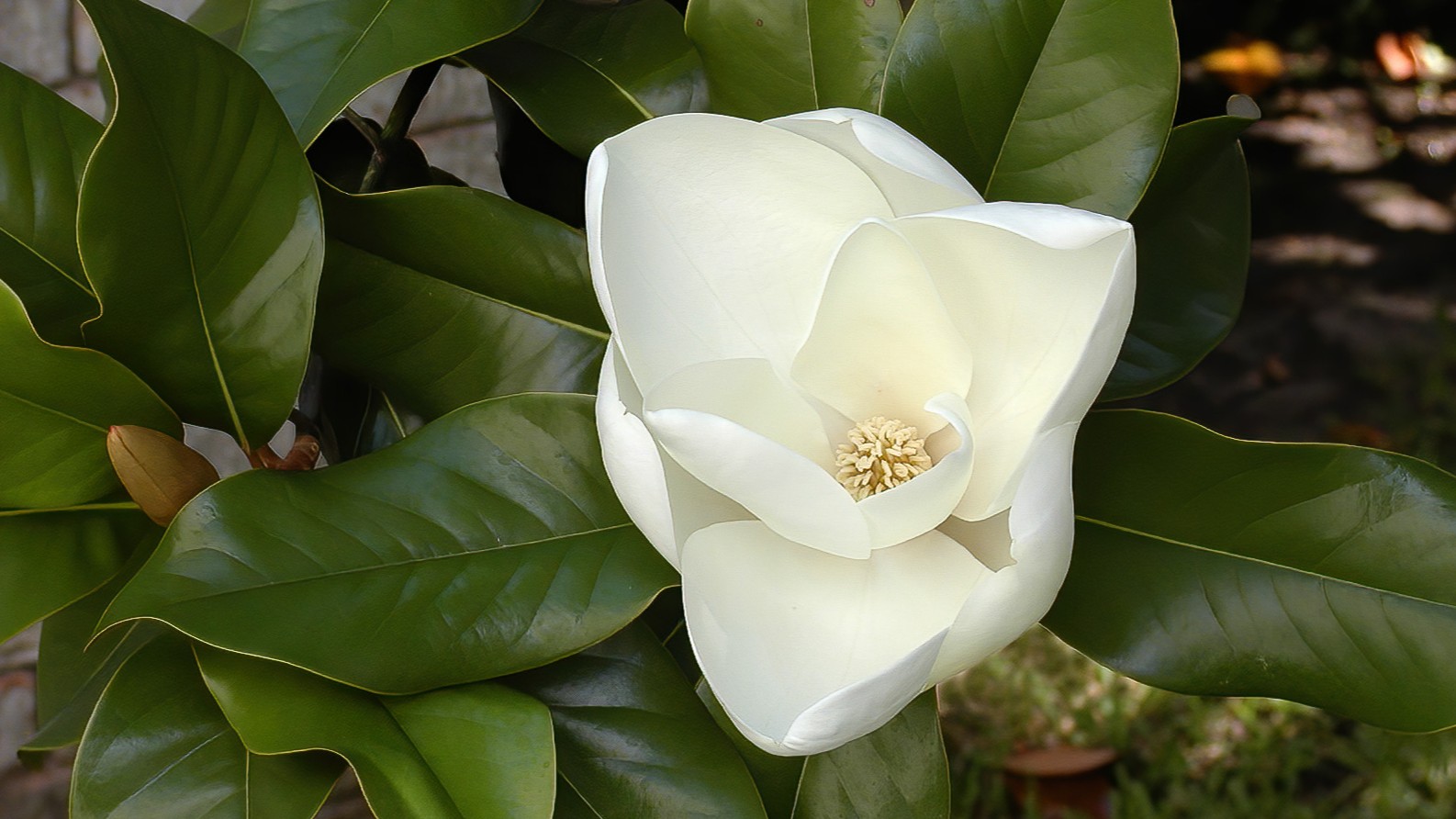

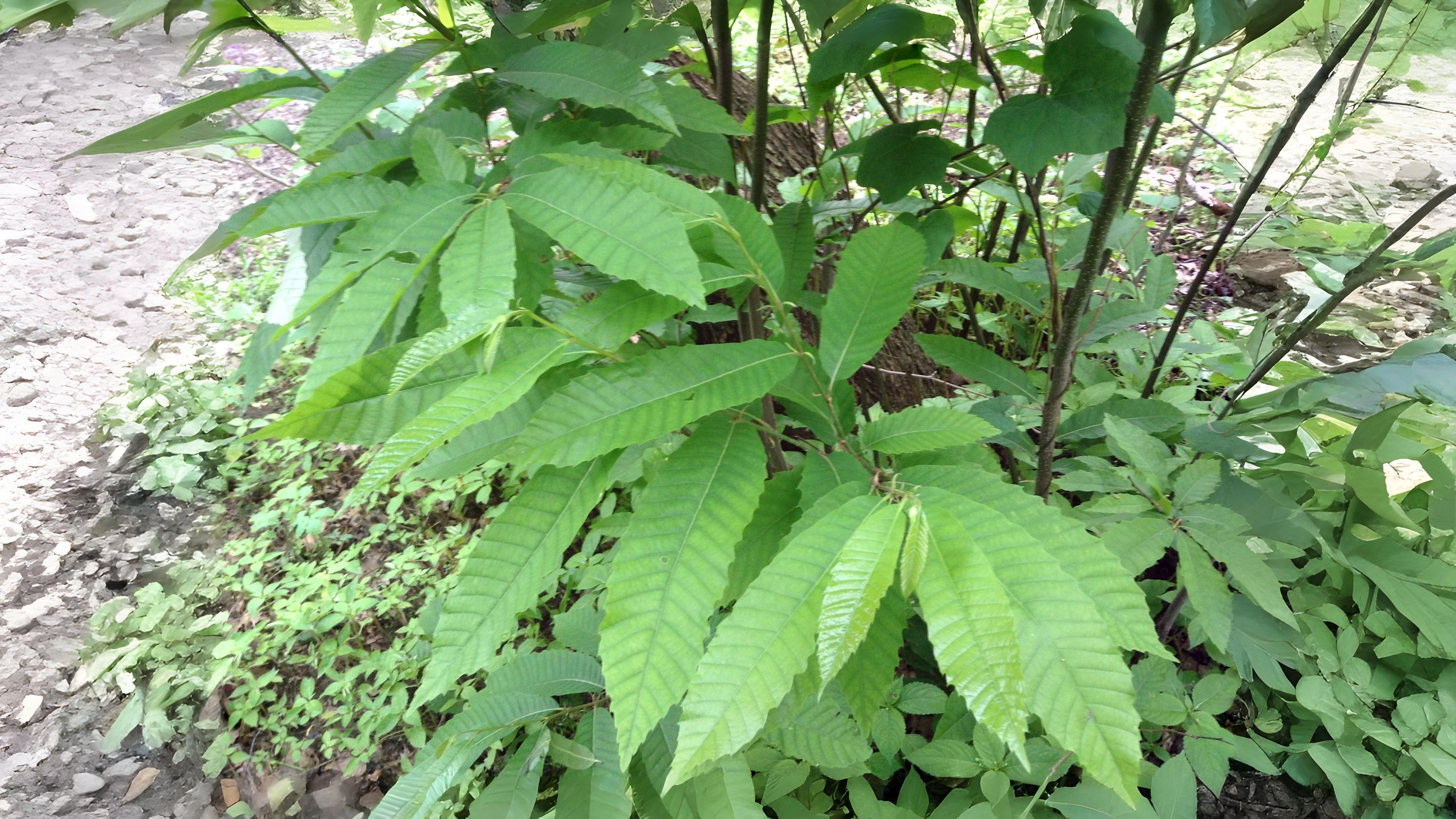

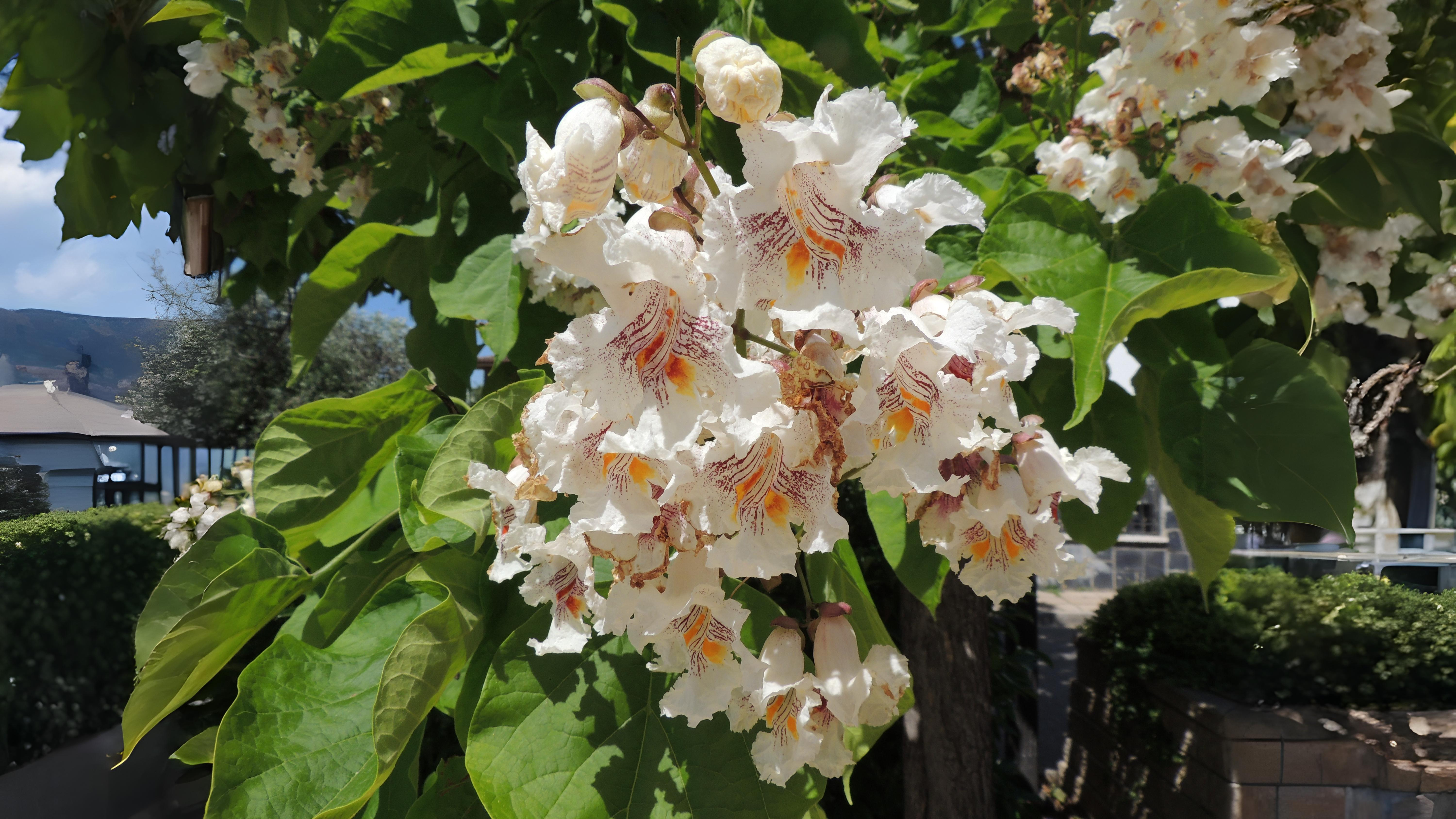

Other rarer trees in flower are best looked for in collections. Of particular interest are the Epaulette tree Pterostyrax hispida, Chinese Yellow-wood Cladrastis sinensis, Yellow-wood C. lutea and the Chinese Fringe tree Chionanthus virginicus all of which have clusters of white or creamy white flowers.
